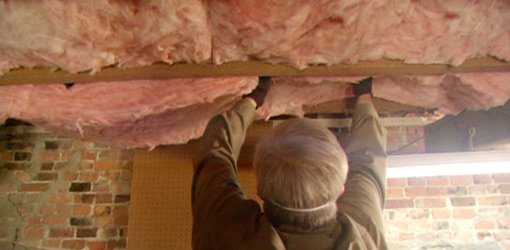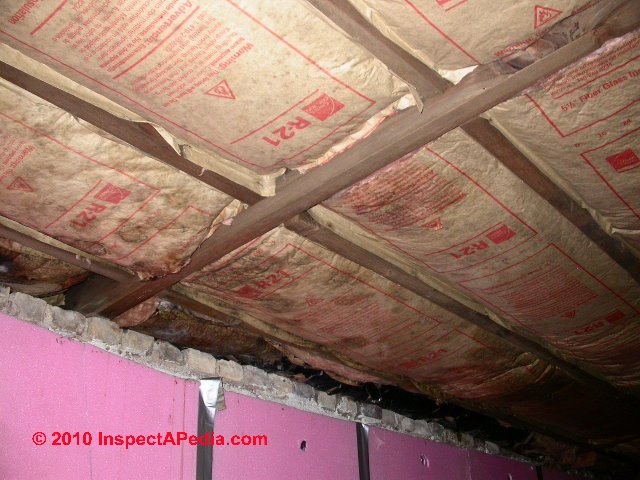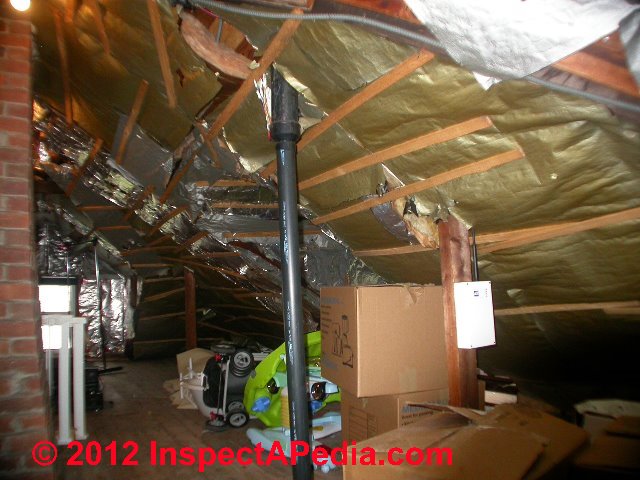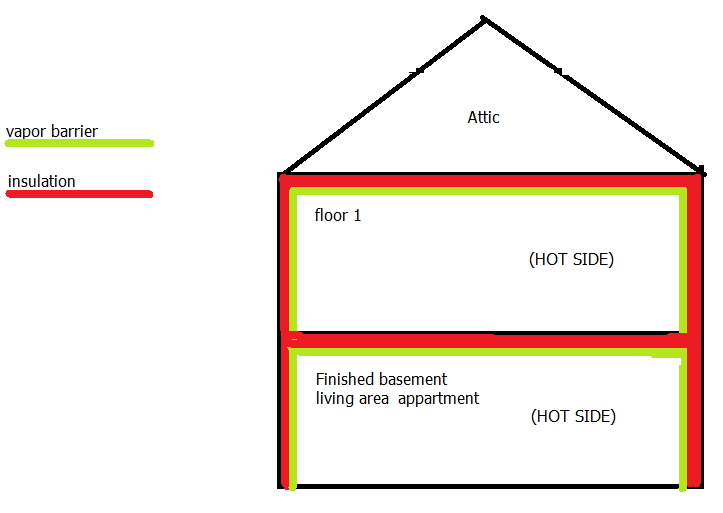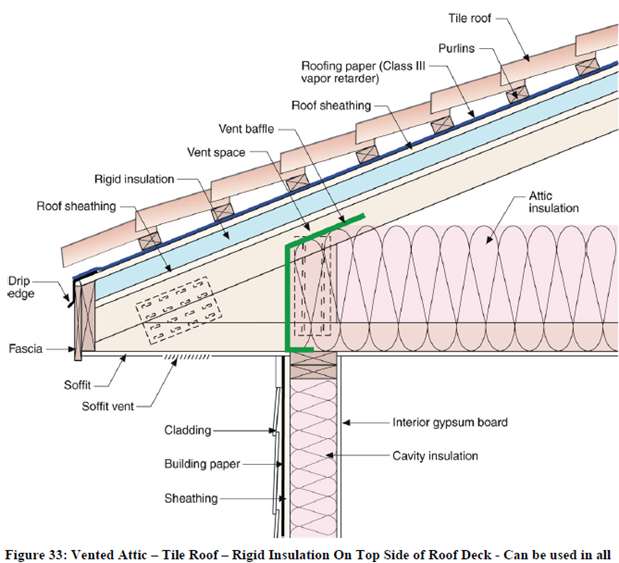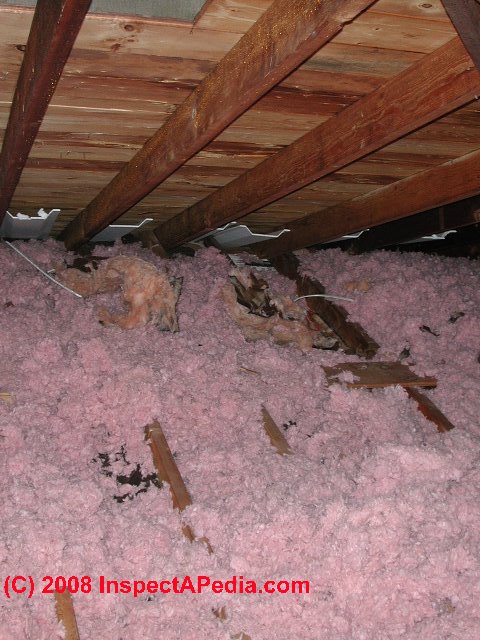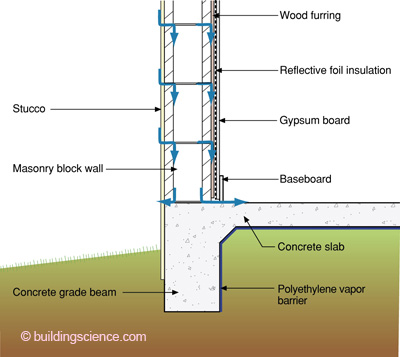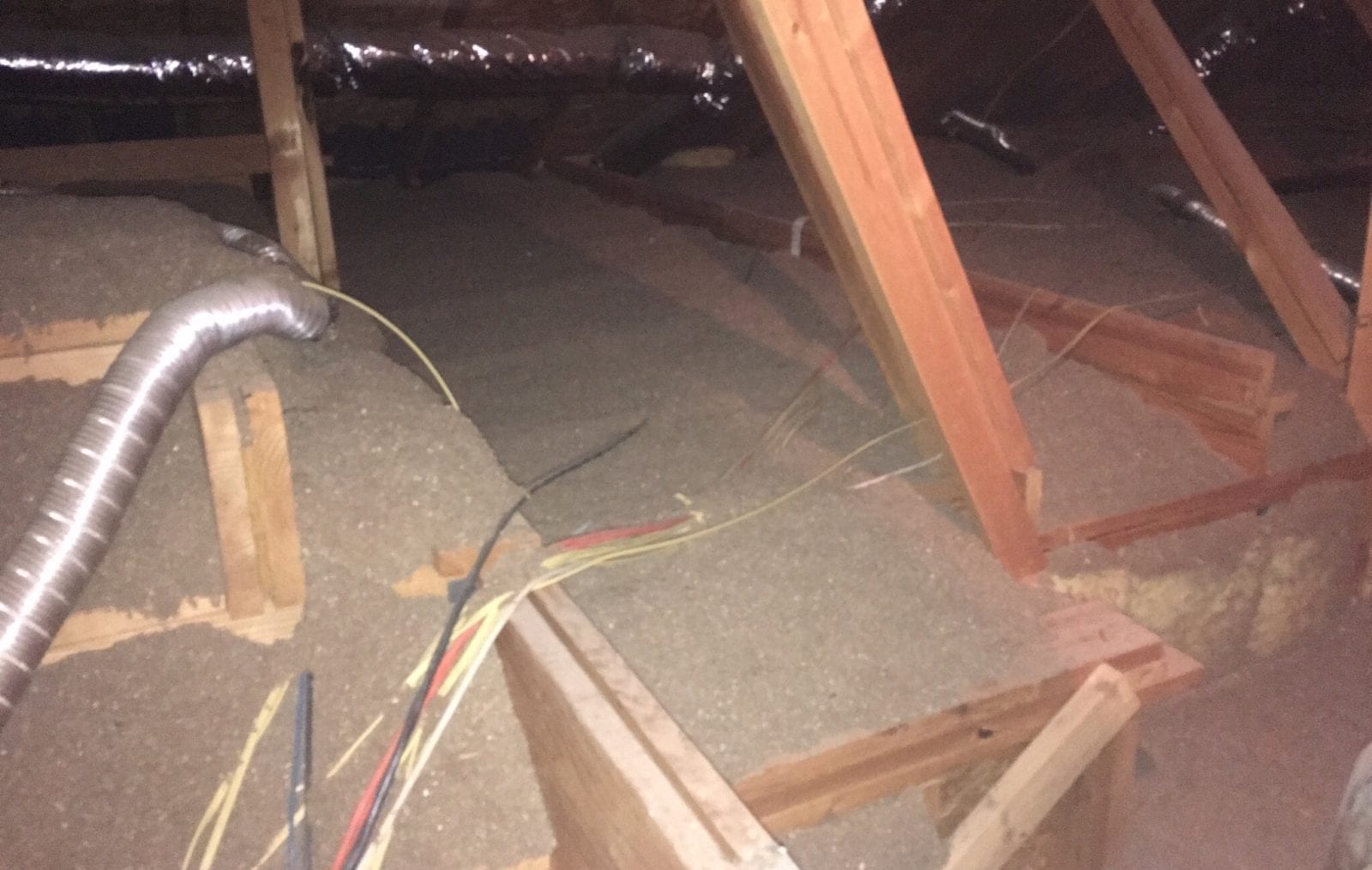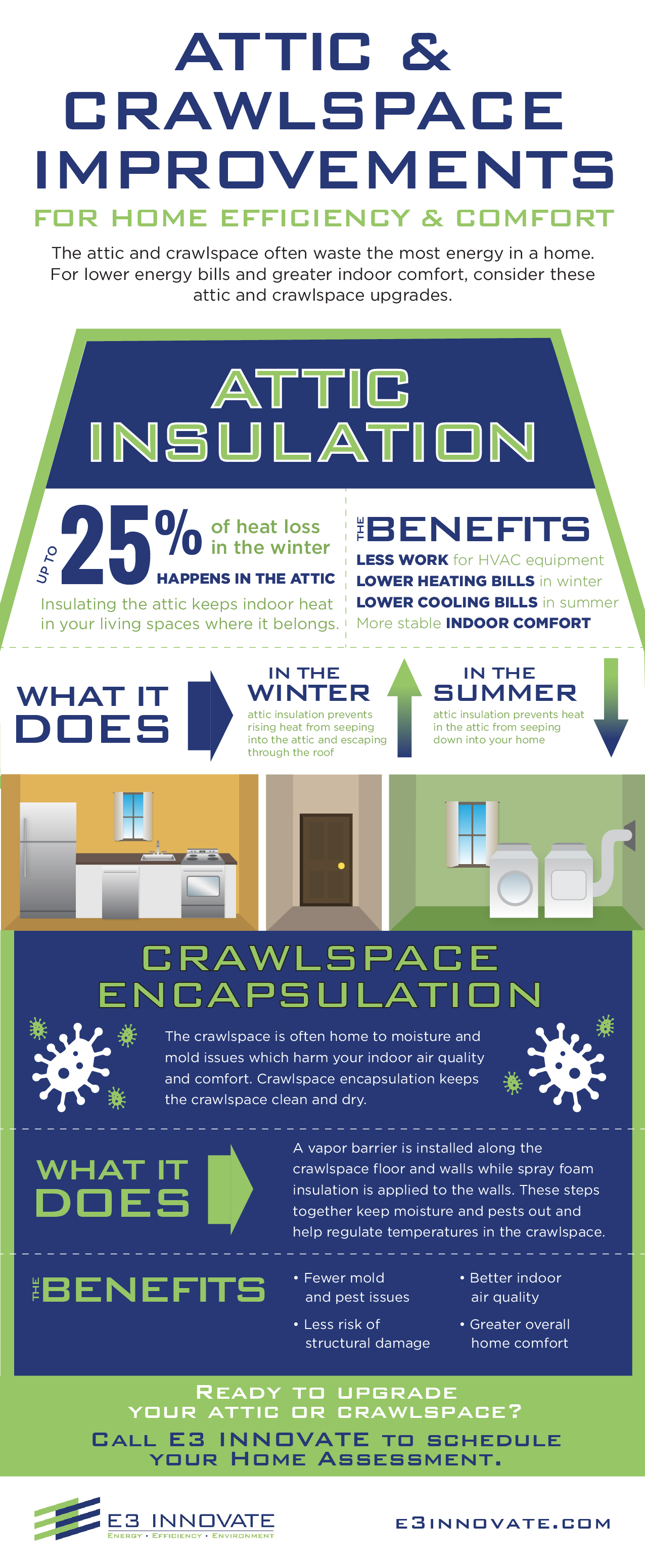A vapor retarder is a material used to prevent water vapor from diffusing into the wall ceiling or floor during the cold winter.
Attic insulation vapor barrier up or down.
In this case use r 38 insulation as recommended above by energystar.
If the batts are your only layer meaning the attic joists are currently uninsulated you should install them with the vapor barrier down facing your living area below.
Yes you should put unfaced insulation either rolls or batts on top of existing insulation so that you only have on vapor barrier facing the heated house.
Adding a second vapor barrier could cause condensation to become trapped in the insulation between the two vapor barriers.
To the inside of the home or the outside of the home.
The insulation fiberglass or cellulose is then placed on top of the drywall with no vapor barrier above or below.
I do not see a vapor barrier underneath the current insulation.
Now with attic insulation heat is no longer lost from the living space such that moisture may remain trapped in the attic vapor barriers were therefore necessary to reduce moisture flow into the attic.
The heat being lost from the house below warmed up the attic so that moisture was lost through the vents as vapor.
What if you find asbestos in your attic.
I will be blowing in approximately another 10 to get an r38 value i live in wisconsin.
This acts as a barrier to keep heated moist air from rising up into the attic during cold weather.
Use a zippered insulated tent to keep the enclosure draft free attic tent at 7 attic cover insulator 120.
Add weatherstripping around the perimeter and a sweep to the door of a walk up attic.
Attic vapor barrier detail for cold climates the best approach for a vented attic in a cold climate is installing a layer of drywall with a good coat of latex paint the paint creates a semi permeable vapor barrier.
For many building science questions the answer is it depends for this one the answer is clear.
If you install fiberglass batt insulation with a kraft paper vapor retarder in a home which way do you face the vapor retarder.
Attic hatch or door.
Vapor barriers are sheets of plastic or other material placed on one side of insulation sheets.
Not every wall does.
After the insulation is in place you will want to add a vapor retarder sometimes called a vapor barrier if you need one.
Attic insulation should always be installed with the paper backing facing toward the living space the ceiling in this case.
Pull down stair or ladder.
My biggest concern right now is the vapor barrier.
In any case the vapor barrier must point to the warm side.
Affix rigid foam insulation to the attic side of the hatch or door.
As of right now there is about 7 of blown in insulation in the attic.





